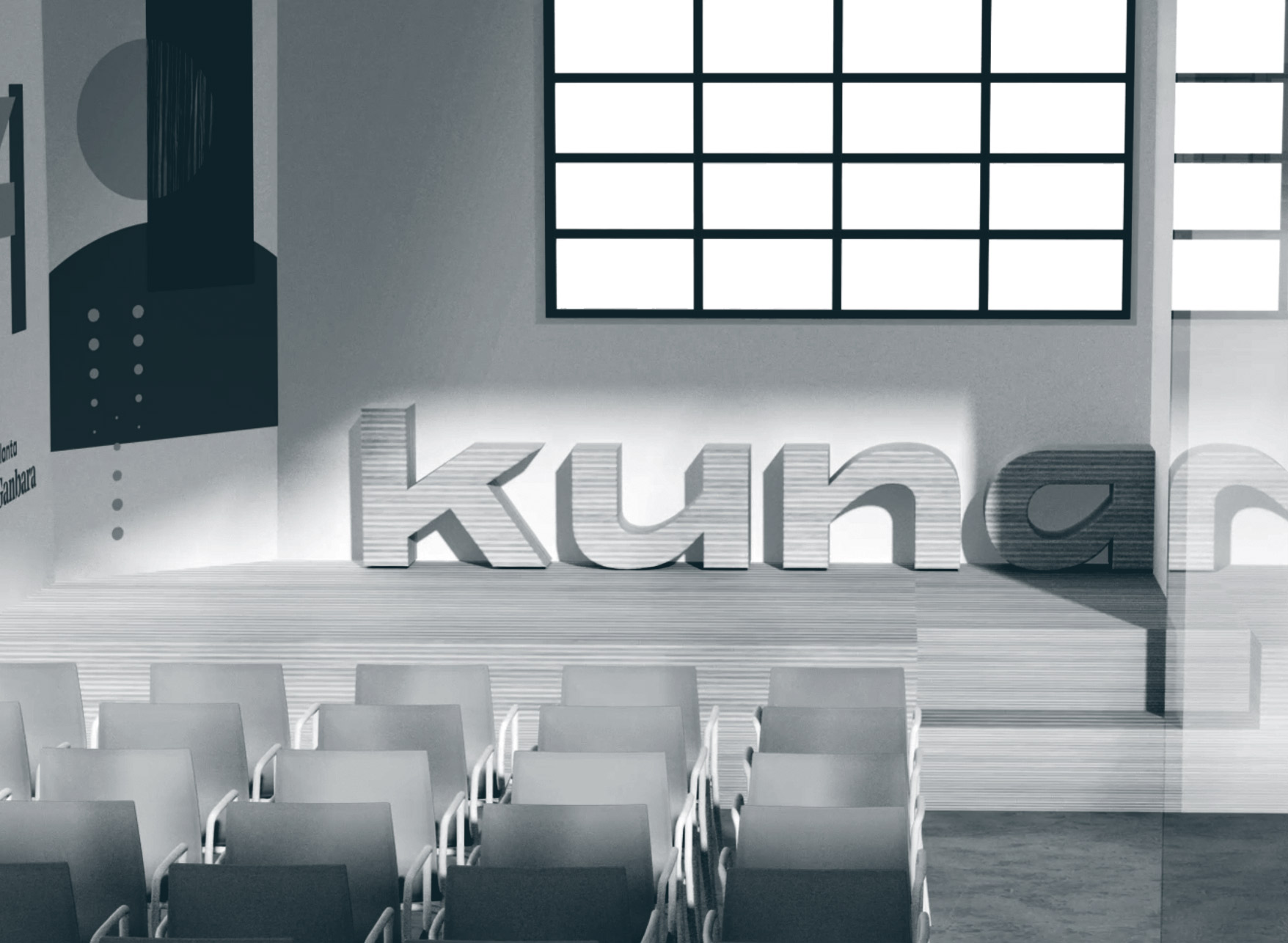
Luxury and sustainability: Are they a possible binomial?
In a world where sustainability becomes an essential value, the luxury industry faces an exciting challenge: Can it coexist with the green world?
At a glance, these two concepts seem to belong to opposite sides, however, they can be combined.
A look at the luxury industry
The luxury industry is characterised by exclusivity, high quality and exceptional craftsmanship. It comprises of a series of brands and products that offer a unique experience and are associated to status, finesse and sophistication.
In this industry, iconic brands, such as Chanel, Louis Vuitton or Rolex are references offering products that go from fashion and jewellery to automobiles and household goods.
These luxury products are usually accompanied by high price tags and are considered a symbol of status and good taste. Thus, this industry attracts the attention of consumers seeking superior quality and a sense of exclusivity when buying certain goods. However, this opulence also raises concerns about its impact on the environment and its disregard for ethical practices. This is where sustainable luxury comes into play.
What is sustainable luxury?
We could say that that this emerging trend combines elegance and sophisticated lifestyles with sustainable and ethical practices. Thus, fashion and other consumer sectors address problems, such as the overexploitation of natural resources.
For instance, sustainable fashion is committed to using green materials, such as organic cotton, vegan leather and recycled metals for manufacturing its fabrics. These processes reduce environmental impact and ensure the durability of the products. Similarly, companies who opt for ecological luxury are committed to ensure fair labour practices, including fair wages and safe working conditions.
Disadvantages of sustainable luxury
The disadvantages of this type of luxury are shown below:
- High initial costs: Production often implies higher initial expenses, which are reflected in prices.
- Competitiveness: On many occasions they compete with established market brands and with a solid recognition among consumers. This could hamper growth.
- Limited range: As they only use ecological materials, not much variety can be found.
- Non-guaranteed green recognition: There is no document which demonstrates that, indeed, a brand opts for sustainability when manufacturing and supplying its products.
- Misleading advertising: The lack of a guarantee may also make some companies implement underhand marketing campaigns, opting for ecological products when they really aren’t.
How can the luxury industry contribute to sustainability and the SDGs?
Some ways include:
- Innovation: Investing in the development of green materials and ethical practices can lead to advances that benefit the industry as a whole, such as in sustainable production.
- Second-hand market: Opting for used luxury garments promotes the reuse of products.
- Awareness: Sustainable luxury brands can raise awareness on the importance of meeting the sustainable development goals through their marketing campaigns.
In conclusion, ecological luxury shows that it has many benefits, but also some disadvantages that you should value.
However, it is clear that as awareness about sustainability grows, the luxury industry has the opportunity to lead the way towards a world that has more respect for our planet and contributes to achieving the SDGs for global well-being.
